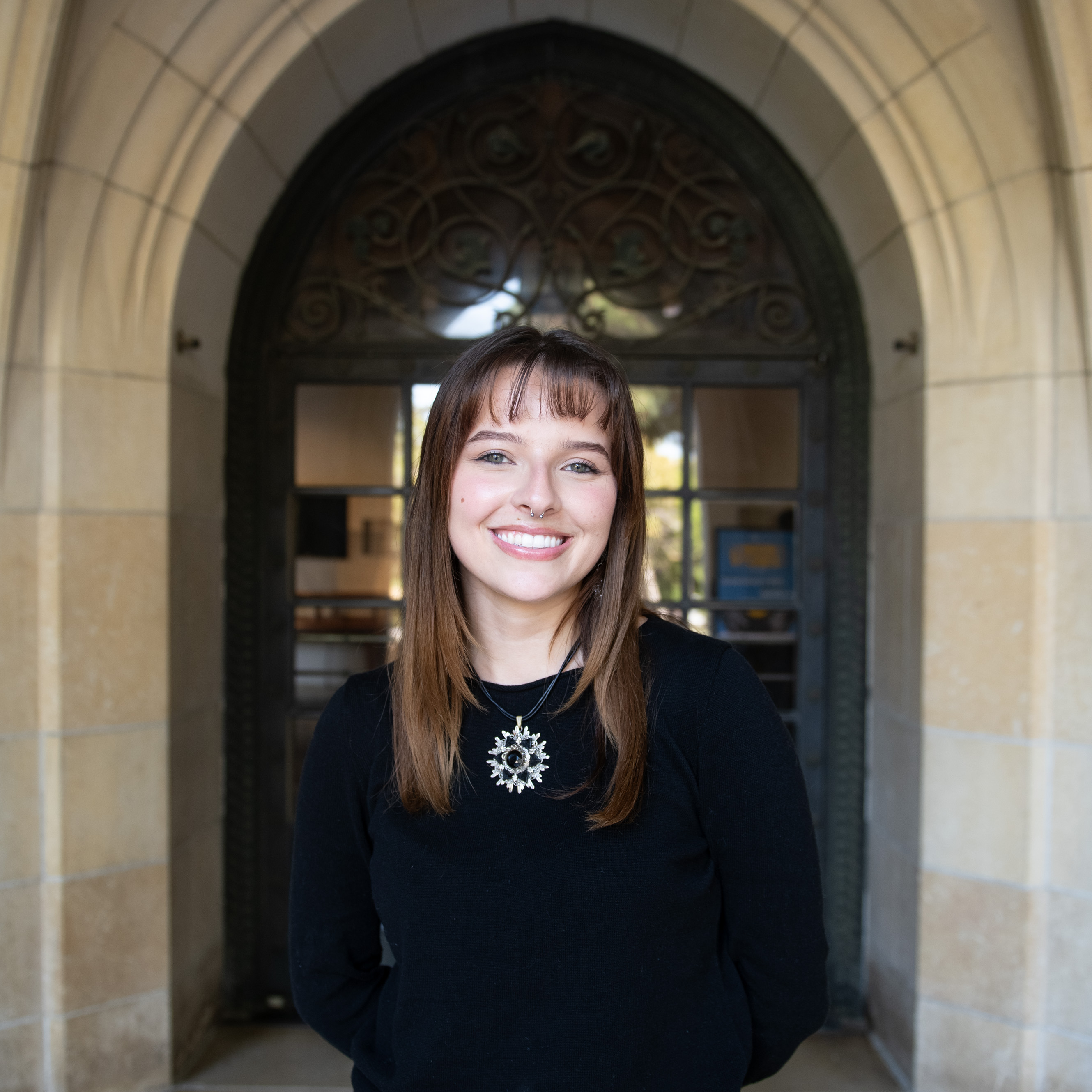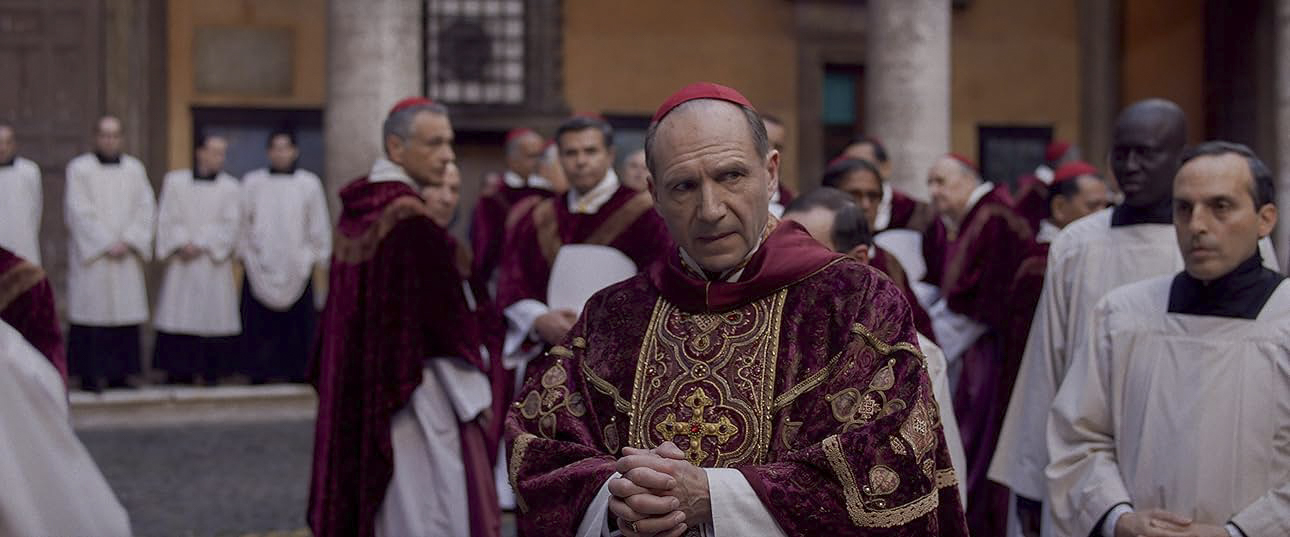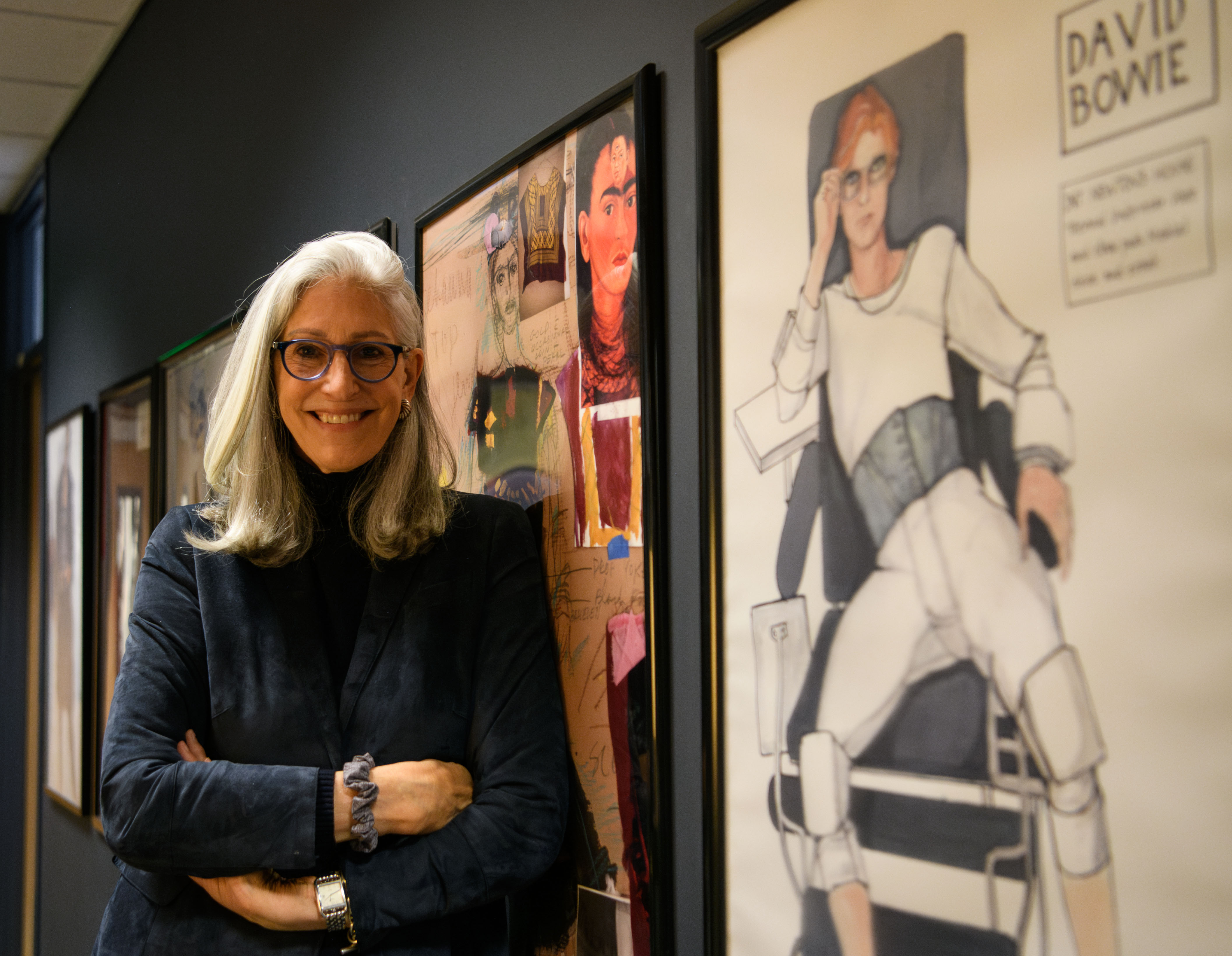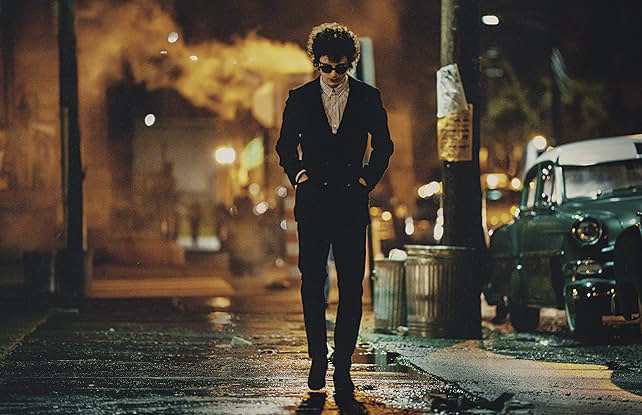Oscars 2025 Q&A: ‘Nosferatu’ costume designer Linda Muir cuts her fangs with first nomination

Lily-Rose Depp plays Ellen in “Nosferatu.” The film is nominated for Best Costume Design at this year’s Academy Awards. (Courtesy of IMDb)

By Natalie Ralston
March 2, 2025 3:56 p.m.
From capes to coffins, costume designer Linda Muir is resurrecting Count Orlok’s wardrobe for the silver screen.
Renowned for her collaborations with director Robert Eggers on “The Witch” and “The Lighthouse,” Muir has earned her first Academy Award nomination for Best Costume Design for her work on “Nosferatu.” The black-and-white 1922 horror classic has transformed into a vibrant dark fantasy, adding color to a colorless world with a reimagined wardrobe. Drawing on extensive research and input from historians, Muir said she focused on historical accuracy in her designs.
Ahead of the 97th Academy Awards, Muir spoke with the Daily Bruin’s Natalie Ralston about her design process and overall career.
[Related: Oscars 2025 Q&A: Arianne Phillips pieces together Bob Dylan’s costumes in ‘A Complete Unknown’]
Daily Bruin: What was your research process for “Nosferatu”? Were there any specific books, artworks or historical references that influenced your designs? Did you visit any locations for inspiration?
Linda Muir: My process starts with reading – extensive reading – and breaking down the script, discussing it with Robert (Eggers), finding out what the special moments are, what the beats are, what we want to convey.
The next layer would be making it specific to Germany. For that, I really tried to find fashion journals that had illustrations and fashion plates that were not simply English or French or Italian for all of the characters. This is all before photography. So we don’t have photographic images of all these things – we have to find people who traveled around and drew pictures and wrote about them. All of that is written in Romanian. I don’t read Romanian. Robert doesn’t read Romanian. All of that has to be translated reliably. So we call in historians. It’s ongoing, and it isn’t linear.
DB: Compared to your design work on “The Witch” and “The Lighthouse,” how did designing for “Nosferatu” differ? Were there new creative challenges that pushed you in unexpected ways?
LM: Recently, I realized that the more Robert pushes the envelope on what they’re interested in, the more it forces me to learn techniques to costume in really low light levels. And so use of fabrics, use of embellishment, use of layering, use of texture, understanding what filters do when they take away color.
Robert loves black, he loves white, he loves gray – I love color. I think color has amazing power. So I’m trying to learn, how do I have color speak? It’s fabulous and really fascinating to me. Having these limitations has really made me learn many, many, many new things.
DB: Horror has been a recurring genre in your career. What is it about horror that excites you as a costume designer? How do costumes contribute to fear, unease or atmosphere in a film like “Nosferatu”?
Muir: It’s interesting at this moment in time for me to consider what we as an audience and as a society consider a horror film because I really do think that that has changed so significantly. As with many things throughout history – the more people do things, the more it develops and the more the particulars are described. I would say that “Nosferatu” – yes, it’s a horror film. But then I happened to watch so many of the films that were eligible for nomination this year, and many of them were dramas and not horror films, but the human interactions that they depicted were absolutely horrific. So I would say that as in the story of “Nosferatu,” the human interactions of love and fear – those are all common themes that Robert just happens to tap into incredibly, incredibly well.
DB: With this being your first Oscar nomination, what does this recognition mean to you, and how does it reflect on your journey as a designer?
Muir: It’s so surprising. The older I get, the more I realize how lucky I am to work at what I love, and this certainly wasn’t something that I was expecting. People have seemed to have really enjoyed the collaboration and the end product. I mean, really since November of 2024, it’s been such an extraordinary journey and process. And it’s been amazing to meet so many people – my peers, colleagues, people I never would have met before in Los Angeles, New York, London. That part of it has been really lovely, so it’s also all encompassing.
DB: Count Orlok’s look in the original film is one of the most iconic in horror history. How did you approach designing his costumes for Eggers’ version? Did you draw inspiration from the original, or did you and Eggers want to completely reimagine his wardrobe?
Muir: Robert has wanted to make this film since he was a very young man, and he was absolutely influenced by Max Schreck at a very early age. I think he was eight or nine when he first saw a photograph in a library and then bothered his mother to get a VHS copy. So it’s been percolating in his being for a very long time.
So the ideas of when he started researching what he thought his Orlok would look like, he arrived at because this is the way Robert is. If I’m comfortable with watching or reading about a world, and I’m experiencing that world, anything that is introduced into that world is believable to me. So to set up the world as 1838 Germany, and bring into that world a 300-year-old undead, I absolutely believe in that world, that story is being told. So really, the work that Robert did to scare himself was passed on to me at a very early stage.
Designing that costuming was really about finding out the details and the reality of all of those garments, and then knowing how to throughout the fitting process, communicate with Robert, communicate with Bill (Skarsgård), about how they each were feeling about what Robert was seeing.
[Related: Oscars 2025 Q&A: Oscar-nominated ‘Conclave’ costume designer talks religious fashion, research]
DB: Were there any budgetary or logistical challenges that shaped your design choices for “Nosferatu”?
Muir: I always think about the budget because I come from alternative, small budget, no-budget theater, and then a lot of projects on tour-driven films that were very small budgets. So I learned very early how to make a lot with very little. And Robert’s first film that I worked with him on, “The Witch,” the costume budget was tiny. And so really from the beginning of working with Robert, we devised a discussion methodology where we would talk about what we absolutely needed – what was the bare minimum of what was needed.
If the budget had been endless, we would have had the Baltic port scene that was in the initial script, which was riotous. We would have had maybe more streets, maybe more crowds in those streets. Maybe there would have been the fabulous painter on a ladder that I remember, “Robert has an idea,” you know? You can always put more in a film, but do you need it? That is the question.





